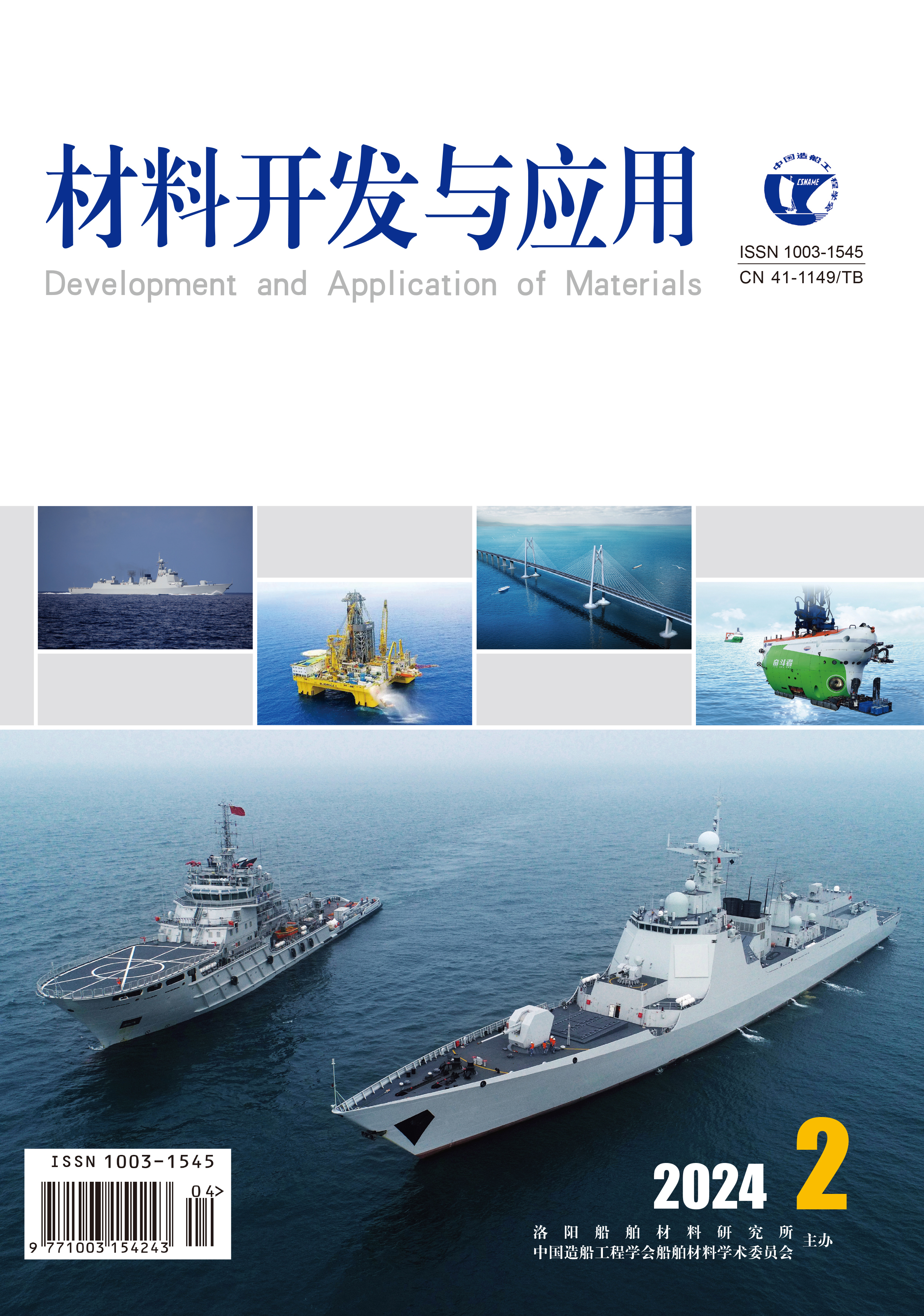2023 Vol. 38, No. 5
Display Method:
2023, 38(5): 1-7.
Abstract:
2023, 38(5): 8-14.
Abstract:
2023, 38(5): 15-23.
Abstract:
2023, 38(5): 24-30,43.
Abstract:
2023, 38(5): 31-36.
Abstract:
2023, 38(5): 37-43.
Abstract:
2023, 38(5): 44-50,69.
Abstract:
2023, 38(5): 51-57.
Abstract:
2023, 38(5): 58-69.
Abstract:
2023, 38(5): 70-74,85.
Abstract:
2023, 38(5): 75-85.
Abstract:
2023, 38(5): 86-93.
Abstract:
Research Progress in Improving Mechanical Properties of Welded Joints by Ultrasonic Impact Treatment
2023, 38(5): 94-98.
Abstract:
2023, 38(5): 99-106.
Abstract:


